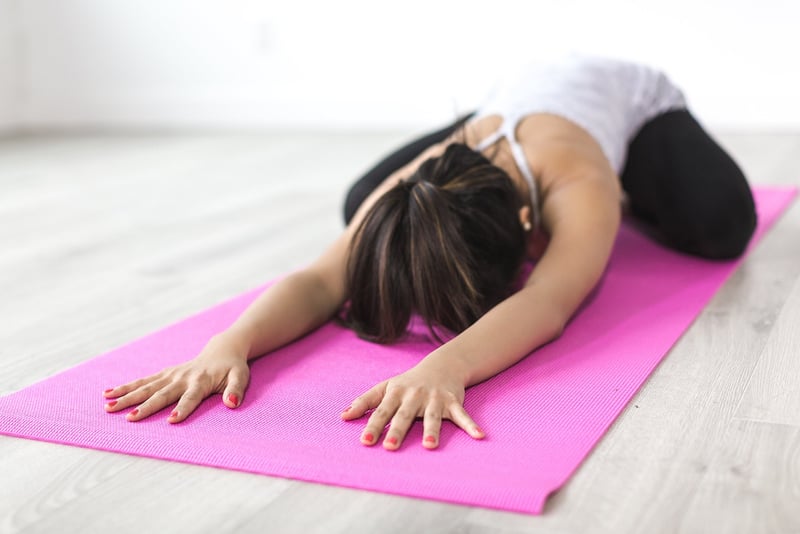Hatha poses
The Art of Combining Fluid Yoga Movements with Traditional Hatha Poses
Yoga is a practice that offers a multitude of benefits for the mind, body, and spirit. While traditional Hatha yoga focuses on static poses to build strength and flexibility, incorporating fluid yoga movements can add a dynamic element to your practice, enhancing the overall experience. Let's explore how you can combine fluid yoga movements with Hatha poses for a more holistic approach to your yoga practice.
Fluid Yoga Movements
Fluid yoga, also known as vinyasa or flow yoga, involves seamlessly transitioning from one pose to another in a continuous, rhythmic flow. This style of yoga focuses on the breath and movement synchronization, creating a meditative and dynamic practice that builds strength, flexibility, and endurance.
Some common fluid yoga movements include Sun Salutations (Surya Namaskar), Chaturanga transitions, and dynamic sequences like Warrior flows. These movements help to create heat in the body, increase circulation, and promote a sense of fluidity and mindfulness in your practice.
Traditional Hatha Poses
Hatha yoga, on the other hand, is a more traditional form of yoga that emphasizes static poses held for a period of time. These poses help to build strength, improve alignment, and increase flexibility through sustained engagement with the posture.
Common Hatha poses include Mountain Pose (Tadasana), Warrior Poses (Virabhadrasana), Tree Pose (Vrikshasana), and Downward-Facing Dog (Adho Mukha Svanasana). These poses provide a strong foundation for your yoga practice, allowing you to explore the nuances of each posture and cultivate a deeper mind-body connection.
Combining Fluid Movements with Hatha Poses
By integrating fluid yoga movements with traditional Hatha poses, you can create a well-rounded practice that offers the best of both worlds. Start by incorporating fluid transitions between Hatha poses, moving with your breath to maintain a sense of flow and continuity.
For example, you can flow from Downward-Facing Dog into Warrior I, then transition into Warrior II, and finally move into Extended Side Angle Pose, all in a fluid sequence. This not only adds a dynamic element to your practice but also helps to deepen your engagement with each pose.
Remember to listen to your body and modify the sequences as needed to suit your level of practice. Whether you are a beginner or an experienced yogi, combining fluid yoga movements with traditional Hatha poses can enhance your practice and bring a new dimension to your yoga journey.
Conclusion
Fluid yoga movements and traditional Hatha poses complement each other beautifully, offering a balanced and holistic approach to your yoga practice. By incorporating fluidity and dynamism into your Hatha practice, you can elevate your experience on the mat and cultivate a deeper connection with your body, breath, and mind.
So, the next time you roll out your yoga mat, consider blending fluid movements with Hatha poses for a transformative and enriching practice that nourishes your entire being.


